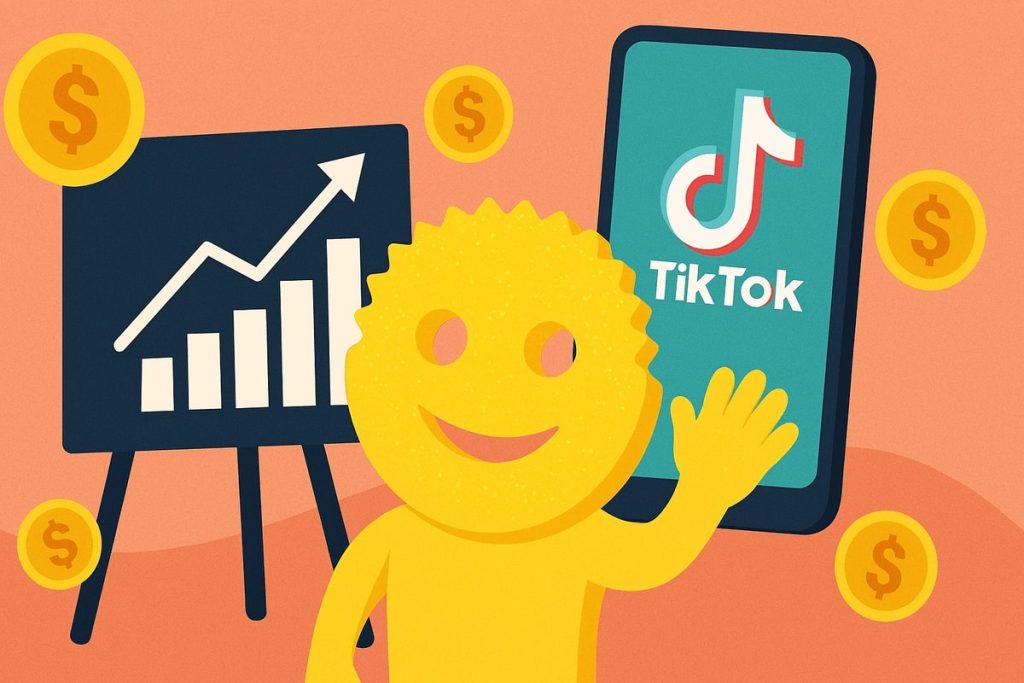When it comes to SEO, there are a plethora of different tactics you can implement, from technical on-page optimizations to more basic everyday improvements.
Each advancement you make can better position your company in search engines.
Understanding more about how to optimize your website will also help to better serve users and improve your overall site functionality.
As you make your site easier for people and search engines to use and explore content, you put yourself in a better position to rank and improve your online visibility.
If you’re looking for ways to quickly optimize your website, keep reading.
This article will highlight 6 important on page optimization tactics to help improve your SEO rankings.
Step 1: Good SEO Marketing Strategies Start with the Basics
When considering how to optimize your website, it is important to start with the most basic elements.
Things such as title tags, meta descriptions, image alt tags, and headings are all easy to improve.
Let’s start with your title tag and meta description.
Your title tag and meta description will be what Google displays on their search engine results page (SERPs).
These are important elements in your SEO marketing strategy because they will determine if someone decides to click on your result.
When writing your title tag and meta description in a way that optimizes a website, there are a few things you will want to do.
Title Tags
- Place your keyword as close to the front as possible.
- Include a call to action that will entice a user to click your listing.
- Don’t make your title too long or too short. It only has a small amount of space, so if you write too much it will be cut off on your listing. The general rule of thumb is to keep your title tag to 60 characters or 575 pixels.
Meta Description
- Include your keyword phrase.
- Input a call to action.
- No more than 120 to 158 characters or 920 pixels.
Alt Attribute – Alt Text
After you have optimized your title tag and meta description, it is time to move on to image alt tags.
An image alt tag is alternative text for an image that is used in cases when the image cannot be displayed.
Search engines also use this information to better understand what your image is.
That’s why ensuring that your image alt text is descriptive and includes your keyword phrase (when appropriate) is so important for achieving the best results from your SEO marketing strategy.
Here is an example of what an image alt text might look like when viewing the HTML on your site:
<img src=”https://www.website.com/imagename.jpg” alt=”dog walking with owner on the beach”>
Headings
Heading on a webpage serve to breakup sections of content and help search engines better understand the different categories on your page.
There are six levels of headings as defined by HTML.
The elements are H1, H2, H3, H4, H5, and H6, with H1 being the highest and most important level.
Each page should have no more than one H1 tag.
Here is an example of what the code might look like when structuring your headings:
Structuring your page in this way helps search engines better understand your page to benefit your SEO strategy.
Optimizing your website like so also helps users to more easily digest and scan your page for the information they need.
Step 2: Optimize the Website User Experience
The Google algorithm has evolved over the last decade, and so have the SEO strategies used to optimize a website.
A key element when optimizing for the current algorithm includes tracking user metrics.
Search engines such as Google might reward sites that are user-friendly.
Important metrics to pay attention to in your SEO marketing strategy can include dwell time and bounce rate, among others.
When a user stays on your site longer, clicks around, views more pages, and continues to revisit your pages, it sends positive signals to a search engine.
These user signals might suggest that your optimized website is relevant for the keyword phrase that originally brought them to your site.
While this is great, it’s important to remember that you might not get many visitors if you don’t have a good title tag and meta description that gets people to click on your post from the SERPs.
Be sure to refer to the section on title tags and meta descriptions above as necessary when optimizing your website.
6 SEO Strategies to Improve the User Experience
As you consider how to optimize your website for users, you might consider the following:
- Is my content useful to a user?
- Does my content link to additional internal resources so that visitors can explore and consume additional information?
- Is there enough content on my page? Content length matters, and descriptive posts could help users who are looking for detailed answers.
- What is my load time? Both Google and Bing consider load time when ranking a site. When optimizing your website for load time you can usually earn some quick wins by reducing image sizes (100kb or less per image), caching plugins, minimizing redirects, and reducing the number of plugins used. You can use Website Image Size Checker by Sitechecker to check the image size. If you’re interested in additional SEO strategies to help speed up your site, I wrote an article about load time here that you can read.
- Do I offer different types of media? Not everyone wants to read, and not everyone wants to watch a video. But when you provide different forms of content, everyone wins. Some of the different content types include images, videos, slideshows, audio, infographics, and, of course, written content.
- Is my content easy to read? Do you need a PhD to understand it? Use some of the tools below to test the readability of your content:
With a few careful considerations and attention to detail when it comes to your SEO marketing strategy, you’ll be able to enjoy the payoff from your hard work as you rise in the rankings on the SERPs.
ABOUT THE AUTHOR
Chris Foerster is a technology junkie and digital marketer who currently manages the digital marketing school promotion at Fremont College. With more than a decade of experience marketing businesses online, Chris brings a unique skill set of SEO, PPC, social media, lead nurturing, and content marketing to the college’s website Fremont.edu.









